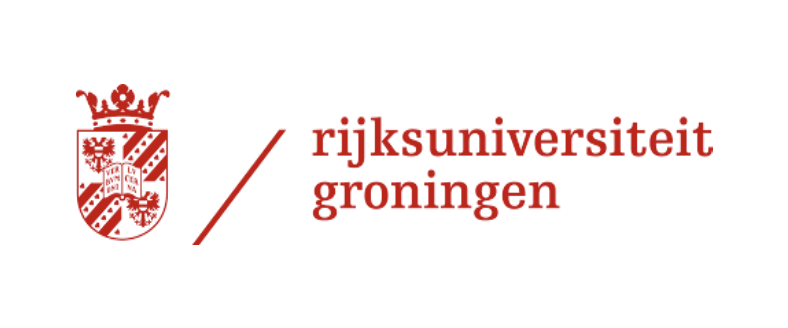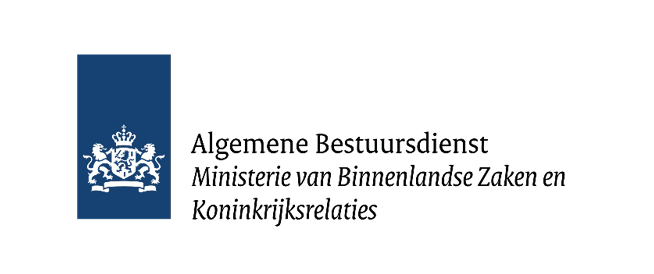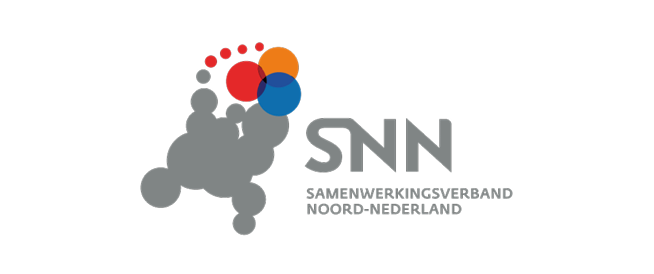Knowledge centre

What role does loyalty play on the workplace?
Loyalty is the subconscious force between all sorts of dynamics and patterns between people, teams and organisations. How does loyalty work in the workplace and can we influence it?
What exactly is loyalty?
Loyalty concerns itself with the connection we have with something or someone. That connection subconsciously influences our behaviour, causing us to do or not do something in order to maintain the connection. When this connection is more or less evenly balanced, we refer to it as a vital exchange. When it becomes unbalanced for a long period of time, this loyalty can become distorted.
We learn of loyalty in the first group we belong to as humans: our family of origin. Without belonging to this family, you literally cannot survive. Loyalty is therefore subconsciously focused on the survival of the group, so that the individual themselves can survive. This dependence sets invisible dynamics in motion that can repeat themselves in similar situations, or patterns.
Horizontal and vertical loyalty
We can roughly distinguish between two forms of loyalty: horizontal and vertical loyalty.
- Vertical loyalty is about differences in the order. In the family of origin, it concerns itself with loyalty as a child to parents, in the workplace it concerns itself with loyalty to the supervisor and to the organisation as a whole. Vertical loyalty bonds are deeply rooted, and we subconsciously repeat their dynamics in groups other than those in which they originated. For example, someone may subconsciously react to their supervisor in the same way as they do to their father or mother.
- Horizontal loyalty is about the connection with an equal: brothers, sisters, colleagues, etc. Here too, patterns from the family of origin can be repeated.
On top of that, horizontal and vertical loyalties can also intersect and lead to loyalty conflicts.
An example:
Your colleagues disapprove of your supervisor. And in order to fit in with your colleagues, you are implicitly expected to do the same. This simultaneously triggers an old pattern in yourself, because you have always had the tendency to take care of the layer above you, in this case your supervisor. How about that!
The subconscious effect of loyalty within the first group to which someone belonged, namely their family of origin, continues to linger through all subsequent groups. Specifically, this concerns itself with what the child had to do or not do, say or not say, feel or ignore in order to belong. We call the entirety of these unwritten rules the ‘group conscience’.
Loyalty and the group conscience
The group conscience acts as imaginary walls that marks the space for the individual within the group. Are you outside the walls? Then you are subconsciously called back by feelings of guilt and shame. This can be explicit, but it can also be very implicit, through seemingly small behaviours and comments. The bonds of loyalty to the group are then tightened for a moment.
It is good to be aware that every individual carries with them the group conscience of their family of origin and that, in addition, in every new group, team or organisation, we also encounter the group conscience that has been built up by the history of that team and/or organisation. Regardless of who was there from the start. These group consciences, which play a role not only in every person but also in every organisation, can often ‘engage in conversation’ with each other about where loyalty lies.
Loyalty to the group motivates someone to do or refrain from doing something for the group, so that the whole can continue to exist. That is the leading effect of loyalty.
Forms of loyalty on the work floor
Loyalty will show itself in various forms:
- Excessive loyalty, also known as parentification. This form is characterised by a strong sense of responsibility. With this type of loyalty, a person tends to take on tasks from their supervisor that are not their responsibility. Or by knowing better than the person in charge.
- Split loyalty, also known as triangulation. This form is recognisable by the role of the mediator. With this type of loyalty, a person tends to fix, soften or conceal conflicts in order to maintain the system.
- Negative loyalty, also known as ‘carrying someone else’s burden’. Recognisable by the ease with which someone takes on and seems to attract large tasks. This loyalty is a major cause of burnout, because the person is not only inclined to bear the fate of the other person, but they also do not experience when something is finished.
- Invisible loyalty, also known as identification. This form is not always easy to recognise. Someone is subconsciously trying to bring something or someone who has been excluded or something that was supposed to remain secret into the picture. You become, as it were, what you subconsciously want to bring into the picture. For example, an employee may become entangled with a leader who has been silently shown the door. The new leader may be inclined to dismiss this employee as well because of their similar behaviour. This would overlook the underlying cause, namely a concealed piece of the organisation’s history that wants to come to light. This organisational pattern will repeat itself and will grab you by the scruff of your neck, until it is acknowledged. The system as a whole needs to be complete in order to survive. Even when the loyal employee pays the price for this.
Interventions on loyalty
Organisations wish to have influence on the connection between employees and the organisation. They would like to retain to employees for longer, attain new employees, and develop themselves in a sustainable and stable manner.
This is the reason why organisations often look for people to retain their employees. They often seek solutions in extensive onboarding programmes, good secondary conditions or a bonus for colleagues who manage to recruit new employees. These ways of retaining employees are interventions in the ‘upper current’. The upper current represents everything that is tangible or described in the organisation.
An example:
‘Well, I would love to leave because I do not really feel challenged anymore. But then I would also lose the many benefits I have built up here. I will stay where I am for now.’
Project manager for a utility company
But does the way in which the above organisation wants to retain the project manager have a positive effect on their connection with the organisation? They are staying, but whether this will benefit their job satisfaction and productivity is highly questionable. The upper current is not where loyalty comes into play.
Valuable interventions for sustainable connection within organisations
The basis for loyalty and the dynamics it creates does not lie in an upper current approach with better secondary employment conditions or welcome bonuses; loyalty arises from the undercurrent. That is where everything between people happens: the unwritten rules, the culture, the collective memory, etc. We sometimes refer to this as ‘the space in between’, the place between the people who walk around and between everything that lies in the history.
Do you want to intervene in the loyalty and connection within the organisation or team? Then the space for change, for leaders and systemic coaches, lies in the undercurrent.
Systemic Business School
Systemic Business School gives leaders completely new tools for their leadership style. When you work from the connectedness of the whole, you will find it easier and more enjoyable to achieve your goals, together with your team and organization. Systemic leadership helps you to continue your journey as a leader with inspiration and energy.



















